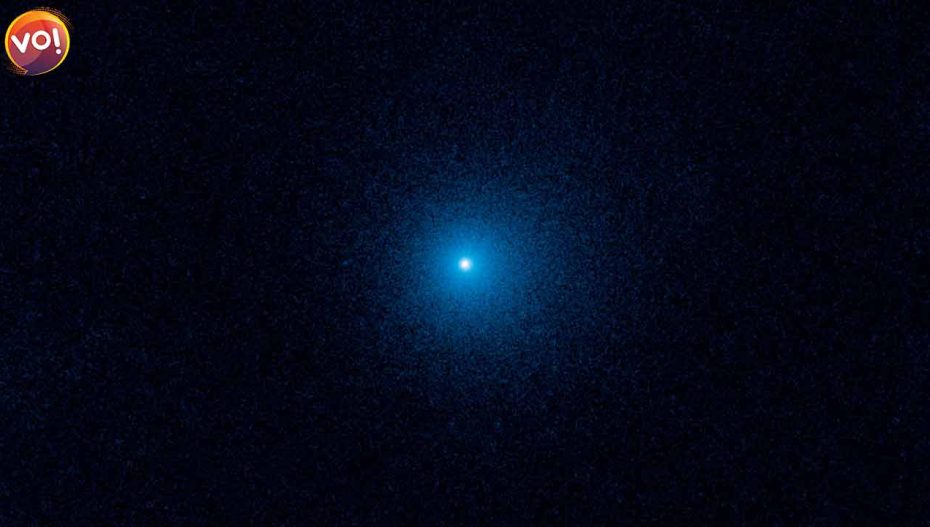A massive comet claimed to be bigger than Mount Everest, named C/2017 K2 (PanSTARRS), is on its way toward Earth. However, making its close approach on July 14, the comet first seen in 2017 proposes no danger to Earth.
According to theories by Astronomers, the C/2017 K2 (PanSTARRS) has been travelling in a hyperbolic orbit. From the Oort cloud to the inside of the solar system for around 30 lakh years, the comet will be 27.7 crore kilometres from the planet next month.
The cometary atmosphere, measuring the same as Jupiter, should be visible from a simple telescope.
The comet will be visible in the Northern Hemisphere till September. The viewers using a simple telescope during the night, could see a fuzzy patch of light surrounding the nucleus of the C/2017 K2.
However, only after the mid of September will it touch the southwestern horizon and be visible for the observers in the Southern Hemisphere.
The long-exposure images should be able to reveal the whole C/2017 K2’s tail.
Comet’s Tail
Discovered in Hawaii in 2017, the comet hails from someplace between Saturn and Uranus by the Pan-STARRS survey instrument.
With a nucleus diameter of 18 km, double the size of Mount Everest, it has a cometary atmosphere of 1.3 lakh kilometres. Though it is not the longest comet in history, its tail is eight lakh kilometres long.
Comets, by nature, are a solid mass of rock, gases, and ice becoming ‘active’ when a star warms them. However, the C/2017 K2, when headed from the solar system, was already bright when first discovered. Scientists yet haven’t been able to explain the reason for this.













